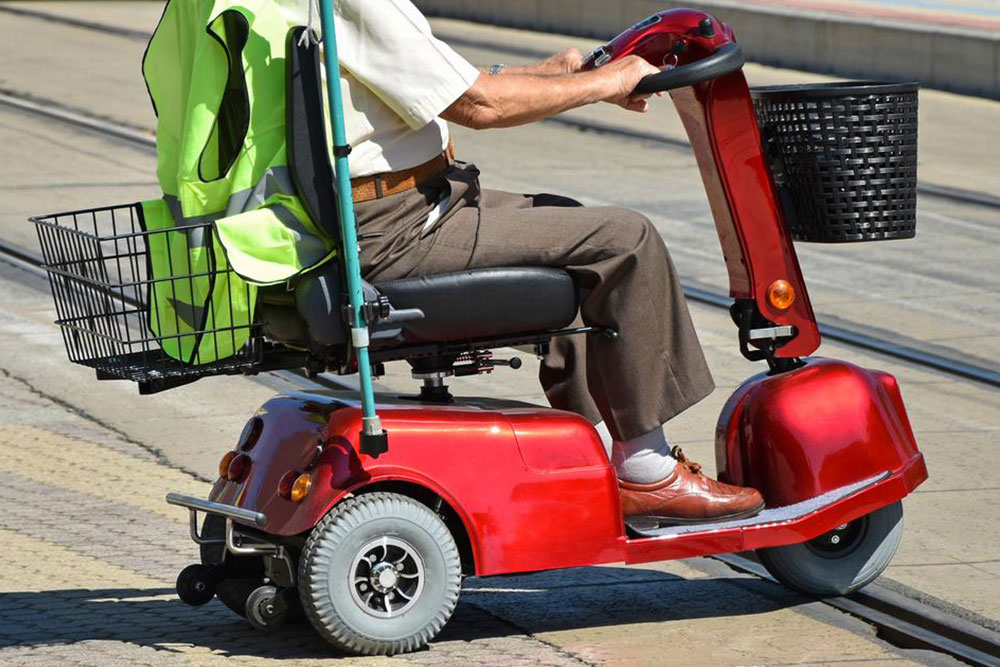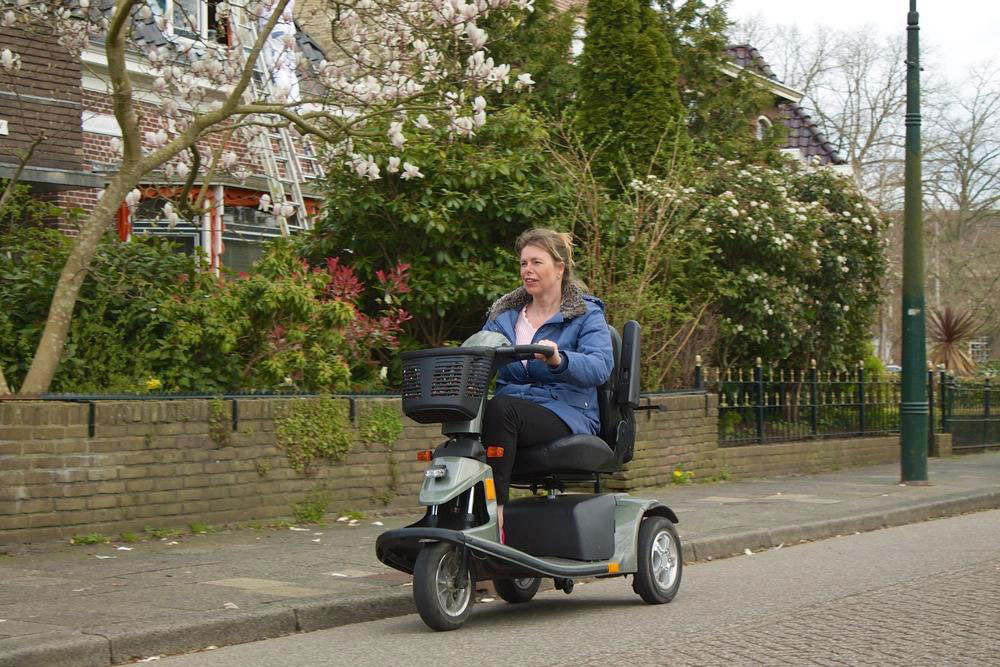Choosing Between Electric and Manual Wheelchairs
This article compares electric and manual wheelchairs, helping users make informed decisions based on their needs, lifestyle, environment, and budget. It discusses portability, convenience, and technological advancements, emphasizing the importance of personalized selection for enhanced mobility and independence.

Electric vs. Manual Wheelchairs
A wheelchair is a mobility device equipped with wheels, designed for individuals facing difficulties or inability to walk due to health conditions, injuries, or disabilities. The primary distinction lies in whether the wheelchair is manual or electric.
Manual wheelchairs require the user to propel themselves manually, often featuring ergonomic and lightweight designs to enhance comfort. Users can select from:
Self-propel versions, where users move themselves using their limbs, or
Assistant-propel models, which are pushed by a caregiver or companion.
Electric wheelchairs, powered by batteries, offer increased mobility, convenience, and comfort, making them ideal for those needing greater independence.
Some users rely on electric wheelchairs primarily, keeping manual ones as backup, especially for travel or rugged terrain. Manual chairs are portable, whereas electric models provide enhanced independence. Making the right choice involves considering various factors:
User Needs: Determined by personal requirements and a physiotherapist’s evaluation to recommend manual or electric options.
Ease of Transport: Foldable and detachable chairs are easier to load onto vehicles or public transportation, offering convenience while maintaining portability.
Lifestyle Considerations: The environment—urban or rural—and the activities performed influence the choice. Physical ability to operate a manual wheelchair and the need for vehicle adaptations are crucial factors.
Usage Location: Infrastructure varies by region; accessible features like ramps and lifts are more common in developed countries, affecting suitability.
Maintenance and Repairs: Consider availability of repair services in your area or during travel for both manual and electric wheelchairs.
Cost: Budget is vital, especially for frequent travel or rugged terrain use. While electric wheelchairs are more expensive, they offer ease of use and additional functionality.
Choosing the right wheelchair involves careful research of models, features, and costs aligned with lifestyle needs. In the US alone, there are approximately 1.5 to 2 million wheelchair users, with continuous innovations in both manual and electric technology. Electric wheelchairs are increasingly popular, but challenges remain to be addressed.
Note:
Our blog aims to provide informative and practical content across various topics. While our research offers valuable insights, it should not replace professional advice or be deemed conclusive. Availability of schemes or offers may vary, and readers are encouraged to seek personalized guidance.










